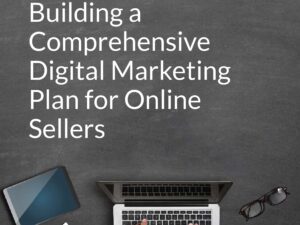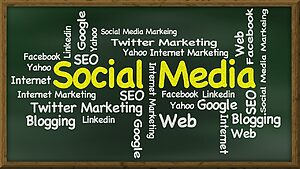In the world of digital marketing, content marketing is one of the hottest trends right now. It has evolved from an innovative strategy into a full-fledged digital marketing strategy and a key component of many an agency’s digital strategies. Content marketing is essentially public relations in cyberspace; instead of pitching articles to newspapers or magazines, businesses create content for their target audience to help them with a particular problem or answer a specific question. This content can be about anything – from company news and videos about new products to blog posts that explain how customers should use those products. In this blog post, we will explore what content marketing is, how it works and why marketers should start incorporating it into their digital strategies today.
1. What is Content Marketing?
Content marketing is the process of creating and publishing relevant and valuable content for the benefit of an audience whose primary motivation is to solve their problems and meet their needs, not just to receive information. As the name suggests, content marketing involves creating high-quality content that’s relevant to your audience’s needs and interests. This content can be anything from how-to guides to company news, blog posts, case studies, and more. The key point here is to find a way to provide value and solve problems for your potential customers.
2. How does Content Marketing Work?
As we mentioned earlier, content marketing is all about creating valuable and relevant content for your target audience and using that content as a tool to build a relationship with them. But how does that all work? Let’s look at this a little more closely.
- Trust-Building: Trust is one of the most important components of any content marketing strategy. Without the trust of your audience, you won’t be able to truly engage with them and build a relationship with them. And trust can be built over time and with consistent effort. The first step in creating trust with your audience is to build your credibility as a trustworthy source of information. Think of a few ways to do this, such as offering an educational component to your content, partnering with brands that your audience trusts and is already interested in, or creating content that’s relevant to your audience’s problems and interests.
- Relationship-Building: Once you’ve built trust with your audience, you can truly engage with them and start building a relationship with them. You can do this by providing value and solving their problems. You can also do this by offering advice or sharing your expertise on topics that your target audience cares about. You can also do this by creating a connection between you and your audience. This can be done by sharing behind-the-scenes stories, introducing your audience to team members or friends, or creating an environment where your audience feels welcome and excited to learn more.
- Action-Oriented Sales: After building a relationship with your audience, you can start using that content as an opportunity to ask them questions, provide advice and solve their problems. Once you’ve done this a few times and your audience trusts you as a person and a source of information, they’ll start asking you questions and you can provide advice and solve their problems as well. And when that happens, you’re essentially hitting them up for advice, asking them for their trust, and giving them a reason to give you their business.
3. Why is Content so Important in Marketing?
As we’ve seen above, there are many ways to use the content as a marketing tool and generate leads for your business. But why is content such an important part of any marketing strategy? Why not just focus on traditional marketing techniques like paid ads, social media campaigns, and events? When used effectively, content can have a huge impact on your business. It helps build trust with your audience, increase your brand awareness, drive leads for your business, educate your target audience, and build relationships with your audience. In short, by creating valuable content, you can accomplish so many things in marketing. And the best part is that you can start implementing content marketing today.
4. Identifying the Right Audience for Your Content
Before you start creating content, you’ll want to identify your potential audience. Who are they? What problems do they have? What challenges do they face every day? Where do they spend their time online? The more you know about your audience, the more likely it is that you’ll be able to create content that resonates with them. And the best way to do that is to do research to find out where your audience is hanging out online, what they like to read, what topics they find most interesting, and more. You can also do research on where your audience is currently struggling and what types of content your audience would find helpful. Once you’ve identified the types of content your audience would find helpful and interesting, you can start building a list of topics and ideas for content.
Key Takeaway
Digital marketing has changed a lot over the past few years. Traditional marketing techniques like paid ads, social media campaigns, and events are still important, but they are just one part of a broader strategy that includes content marketing. With content marketing, businesses create and publish relevant and valuable content for their target audience, helping them with a specific problem or answering a specific question. This content can be about anything – from company news and videos about new products to blog posts that explain how customers should use those products. With content marketing, businesses use these types of content to build trust, engage with their audience, and generate sales opportunities.





